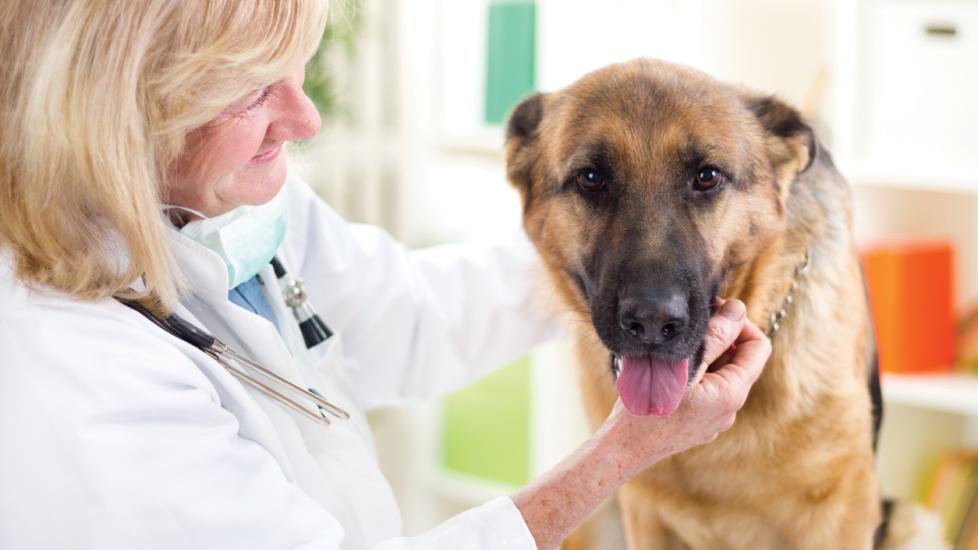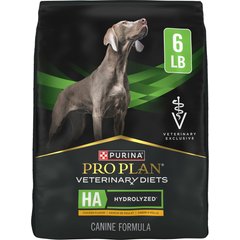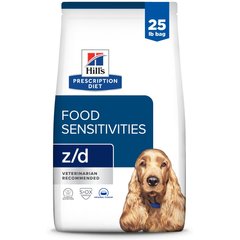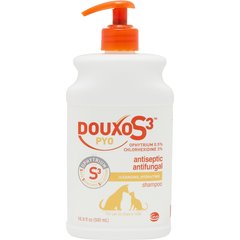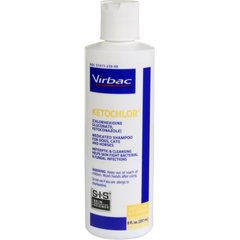Perianal Fistula in Dogs
What Is a Perianal Fistula in Dogs?
A perianal fistula is a hole near the anus that shouldn’t be there. Sometimes there are only one or two small holes, and other times an affected dog may have many large, draining holes that look like ulcerated wounds near their anus. This condition is also known as anal furunculosis and can be very painful.
The anus is the opening of the rectum through which stool passes when a dog has a bowel movement. When a perianal fistula develops, pet parents may notice a small hole or drainage near the anus. This hole is actually a tract, or tunnel, that isn’t normally there. The tunnel connects the anus to the outside skin and is usually infected.
While this condition can get very serious when it’s not managed, it is generally not considered a medical emergency and can usually be addressed during a veterinarian’s normal hours.
Symptoms of Perianal Fistula in Dogs
- Draining tract, or hole, near the anus
- Redness, oozing, pus, or weeping skin near the anus
- Straining during bowel movements
- Blood in stool
- Fecal incontinence, constipation, or diarrhea
- Poor appetite
- Licking or biting the rear end
- Reluctance to sit or wag tail
- Signs of pain or aggression when the hind end is touched
Causes of Perianal Fistula in Dogs
While the exact cause of perianal fistulas is not known, it is suspected to be an autoimmune disease—where the immune system is mistakenly attacking healthy cells and tissue. A genetic component is likely, with German Shepherds being the most commonly affected breed. 84% of dogs with perianal fistulas are reported to be German Shepherds, with middle-aged dogs more commonly affected.
The anal glands, also known as anal sacs, may or may not be involved. Infection of these sacs may lead to an increased risk in developing perianal fistulas. Many dogs with fistulas will also develop colitis, an inflammation of the colon.
How Veterinarians Diagnose Perianal Fistula in Dogs
Diagnosis is usually made based on a physical exam by a veterinarian. The vet will likely palpate the anus, the fistula, and the anal sacs. This may require sedation, as perianal fistulas can be painful and sedation will help to keep your dog relaxed and stress-free while the doctor examines tissues.
Several conditions need to be ruled out to determine if your dog has a perianal fistula. Anal sac abscesses, tumors of the anal sac and surrounding tissue, and other autoimmune and inflammatory diseases can look similar.
Your veterinarian may recommend bloodwork prior to starting treatment, to ensure your dog can tolerate the oral medications that may be recommended. Stool and urine samples, x-rays, and even a tissue biopsy may be needed.
Treatment of Perianal Fistula in Dogs
Perianal fistulas can be treated or managed in a variety of ways. For most pets, this condition can only be managed, not cured.
It was once believed that surgery was the best option for treatment. Unfortunately, many pets experienced a return of their perianal fistulas after surgery. If the anal sacs are involved, their removal may be recommended.
Currently, oral medications that suppress the immune system are more commonly prescribed to treat perianal fistulas. There are several medications in various combinations that are prescribed for dogs suffering from this condition.
- Cyclosporine: This immunosuppressive medication is one of the more commonly prescribed drugs for treatment of perianal fistulas. It is usually well tolerated by dogs, with some experiencing gastrointestinal (GI) side effects.
Unfortunately, this medication can be expensive, making it cost-prohibitive for some pet parents. Veterinarians may prescribe this medication in conjunction with another medication, ketoconazole, which allows a lower dose of cyclosporine and reduces the cost.
- Prednisone: Prednisone is a steroid that can be dosed at high levels to treat perianal fistulas. Of the dogs treated with prednisone, about a third will achieve remission with the perianal fistulas going away completely, a third will show improvement but still have some signs of the disease, and a third will not respond to treatment.
While steroids are inexpensive compared with other medications, they have side effects that pet parents may find frustrating. It is very common for dogs on prednisone to drink more, pee more, eat more, and pant more. Weight gain and urinating in the house may become problems.
- Azathioprine: This immunosuppressive medication can be used to shrink the perianal fistula prior to surgery or can be used to treat the condition without surgery. Often it is used in combination with another medication, metronidazole, to treat perianal fistulas.
Azathioprine can have serious side effects, including bone marrow suppression, liver toxicity, and pancreatitis. Regular testing through bloodwork is important to make sure your dog is tolerating the treatment.
- Tacrolimus: This is a topical product that can be applied directly to the skin. This has the benefit of not causing immunosuppression in the dog’s entire body, making it a popular choice for treatment.
About half of pet patients on this medication show response to treatment. It is often used in combination with oral medications to achieve complete resolution of the fistulas.
Other therapies have been explored, including platelet-rich plasma (PRP) or stem cell injections and fluorescent light therapy. Talk to your veterinarian about their treatment recommendations for your pet.
Recovery and Management of Perianal Fistula in Dogs
Recovery from perianal fistulas is often a long road, but many affected pets live long, good-quality lives. Most pets show improvement after a few weeks of therapy, but treatment is generally lifelong and requires regular monitoring. Recurrence is not uncommon, and pet parents should watch the affected area closely for return of the fistula.
A possible link has been identified between perianal fistulas and food allergies in pets. (This same link has been explored in human patients with irritable bowel syndrome, or IBD, and perianal fistulas.) For long-term management, your veterinarian may recommend a prescription diet of novel or hydrolyzed protein, such as Hills z/d, Royal Canin®/MD HP, or Purina® HA.
Keeping the anal region clean is also important. Regular baths with antibacterial shampoo, like KetoChlor® or Douxo S3™ chlorhexidine antiseptic shampoo, may be recommended.
Perianal Fistula in Dogs FAQs
Can a perianal fistula in dogs heal itself?
No. Perianal fistulas will not heal on their own and always require intervention by a veterinarian. If left untreated for a long period of time, they can become very serious and debilitating.
How long can dogs live with a perianal fistula?
Dogs with well-managed perianal fistulas can live a long and healthy life. While some dogs may experience more severe forms of the disease that may shorten their lifespan, the majority of affected dogs can achieve remission.
References
Brooks, W. Veterinary Information Network. Perianal Fistulae in Dogs. 2021.
Pieper, J. McKay, L. Compendium. Applied Dermatology: Perianal Fistulas. 2011.
Pieper, J. Today's Veterinary Practice. Perianal Fistulas in Dogs. 2022.
Featured Image: iStock.com/pyotr021
